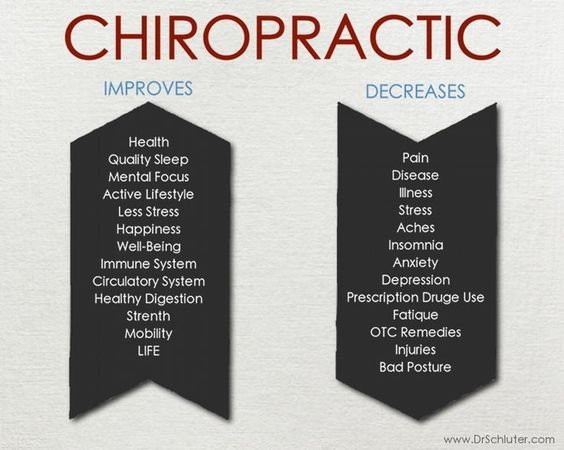Why Does Soft Tissue Therapy Pain? Understanding The Refine
Why Does Soft Tissue Therapy Pain? Understanding The Refine
Blog Article
Write-Up By-Carstens Yildiz
When you go through soft Tissue treatment, you could locate it surprisingly unpleasant. This pain arises as stress is related to tense muscle mass and damaged tissues, causing your pain receptors. While it can really feel upsetting in the minute, there's a reason behind this feeling. Comprehending what takes https://www.google.com/maps/place/Return+to+Play+Institute,+LLC+(Miami)/@25.726017,-80.26406,17z/data=!3m1!4b1!4m6!3m5!1s0x88d9b7b4207e8303:0xb1493a6e0d5a272b!8m2!3d25.726017!4d-80.26406!16s%2Fg%2F11lf8185yp?hl=en&entry=ttu&g_ep=EgoyMDI0MTAwOS4wIKXMDSoASAFQAw%3D%3D in your body during these therapies can aid you appreciate the procedure. So, what exactly is taking place below the surface?
The Physiology of Discomfort Throughout Soft Tissue Therapy
When you undertake soft Tissue treatment, your body's reaction to pain is a complicated interplay of physical procedures. As the specialist uses pressure, your body turns on pain receptors, sending signals to your brain. This activates the launch of natural chemicals, such as material P and glutamate, which intensify the experience of discomfort.
Your muscle mass may also tense up in reaction, more making complex the experience. On top of that, your body may launch endorphins, all-natural medicines that can assist ease some pain.
The communication between these processes can produce an unique experience for each and every person. Understanding this physical feedback helps you browse the experiences throughout therapy, permitting you to value the equilibrium between pain and the potential for recovery advantages.
The Function of Pain in the Recovery Process
Although discomfort during soft Tissue therapy can feel frustrating, it plays an essential duty in the healing procedure. When you experience discomfort, your body is indicating that it's functioning to fix broken cells. This reaction assists boost blood circulation to the damaged area, providing vital nutrients and oxygen needed for recovery.
Furthermore, pain can advertise the release of endorphins, your body's natural medicines, developing a sense of alleviation post-treatment. Embracing this discomfort can help you comprehend your body's limits and encourage you to address underlying issues.
While https://www.verywellhealth.com/is-chiropractic-adjustment-safe-4588279 , this procedure is necessary for lasting recuperation and improved function. Identifying pain as a vital part of healing can equip you to remain committed to your treatment.
Tips for Handling Discomfort During and After Treatment
Taking care of pain throughout and after soft Tissue treatment can significantly enhance your general experience and healing.
To start, interact openly with your therapist concerning your discomfort degrees; they can change strategies as necessary. Utilizing deep breathing methods can additionally assist you loosen up and reduce pain.
Consider using ice to the treated location post-session to reduce inflammation and numb pain. Staying moisturized help in the recovery process, so consume alcohol lots of water.
Mild stretching and light movement after treatment can promote blood flow and convenience tightness. Last but not least, guarantee you obtain appropriate rest to permit your body to heal.
Applying these suggestions can make your soft Tissue therapy much more convenient and pleasurable.
Final thought
To conclude, while soft Tissue therapy can be uneasy, it's vital to recognize that this discomfort plays a vital role in your recovery journey. By understanding the physical responses at play, you can approach the treatment with a much more favorable state of mind. Keep in mind, the initial discomfort usually gives way to relief as your body launches endorphins. Embrace the process, and don't wait to utilize the suggestions for handling discomfort to improve your experience and recuperation.
